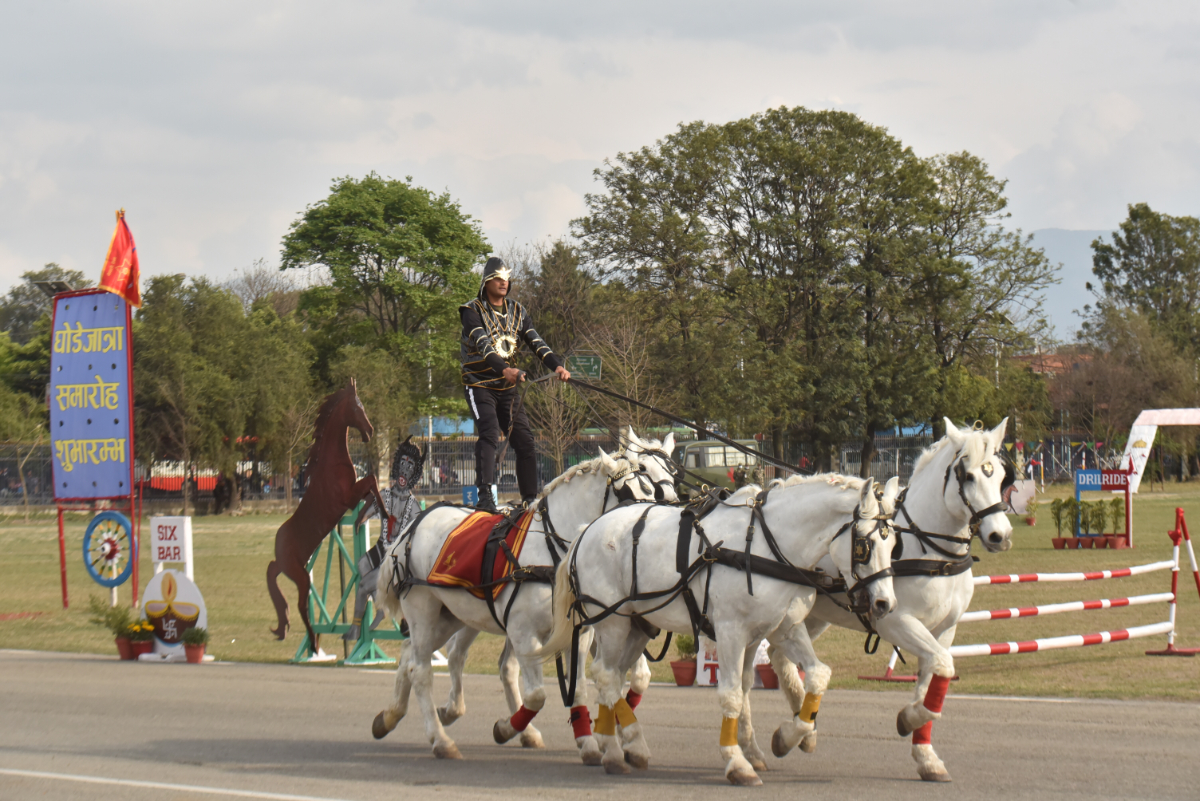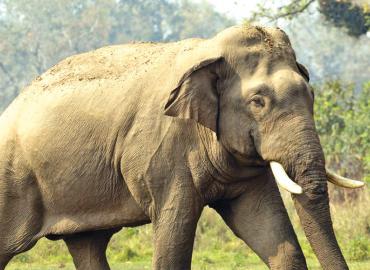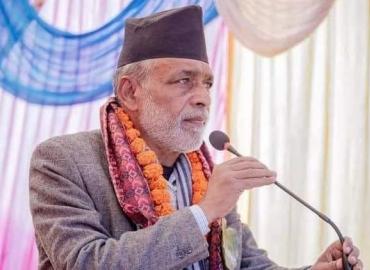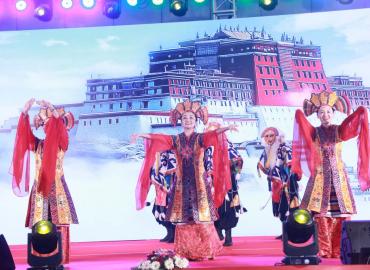Kathmandu, Mar. 21: Nepali Army’s cavalry soldiers and over 60 horses are all set to showcase a special parade in the Ghode Jatra festival in Tundikhel, Kathmandu on Tuesday.
They are all groomed and specially trained at Nepal Cavalry for the annual religious and cultural festival. The Nepali Army has been giving continuity to the celebration of Ghode Jatra festival especially at Tundikhel of Kathmandu for decades. The festival also marks the defeat of a demon called Gurumapa.
President Ram Chandra Paudel, diplomats, top government officials, ministers and civilians will observe the festival where nearly 100 horses including some of Nepal Police, and over 125 soldiers are displaying warfare techniques which is believed to keep the demon away.
The preparations start three months prior, when a team of soldiers began feeding and grooming the horses, according to Spokesperson and Brigadier General of Nepali Army, Krishna Bhandari.
A belief has it that the demon (Gurumapa), who lived on a meadow, which now is Tundikhel, used to unleash terror in Kathmandu, particularly on children. So the parade of horses at Tundikhel keeps the demon’s spirit away. It is also believed that the faster the horses run, the better Tundi’s spirit is dispelled.
The horse parade is also religiously known as ‘Ashwa Kala.’
“Different shows and skills are annually presented at the army ground and the best performers receive awards from the President,” said Brigadier General Bhandari.
Horses’ relation with humans and soldiers
Horse was generally used for transportation and entertainment in ancient times, but not limited to this.
Soldiers of every country in the world have been using horses, and the history of cavalry in the Nepali Army is very old.
According to various records, it is found that there were cavalry soldiers from the fifth century. In 1848, when Prime Minister Jung Bahadur Rana set out for hunting with King Surendra Bir Bikram, they took 300 cavalrymen with them. There is a history of Nepali cavalry under the leadership of Colonel Pahalmansingh Basnet helping India in the First Indian War of Independence in 1857.
Officially, from November 1850, during the reign of then King Surendra Bikram Shah and Prime Minister Jung Bahadur, the Nepali Army established a cavalry unit (cavalry soldier) and later named it ‘Risalla Cavalry Soldier’.
The cavalry that started from Risalla has now reached Nepal Cavalry, said Brigadier Bhandari.
The trained horses in the cavalry, who have currently shifted the stables to the northern side of Narayanhiti Palace Museum, have been used for various purposes.
Horses of Nepal cavalry are currently used specially on the Army Day and Maha Shivaratri, official programmes of the President and during the visits of foreign heads of states from different countries.
Total 109 horses with army
Currently, Nepal Cavalry has 109 horses of different species. There are mainly three types of horses available in Nepal.
They are Heavy, Light and Pony. Of them, 17 are heavy horses which are used to ride a Baggi and other high government ceremonies, 75 light horses and 17 pony type horses.
“It seems that horses are used not only for war, but also for peace and civilization in the world, and different religious and cultural festivals,” BG Bhandari said.
Military Equine Breeding Centre (Horse Breeding Centre) was established for the first time in Bharatpur of Chitwan on December 28, 1984, with the aim of producing the horses needed for the Nepali Army.
According to Brigadier General Bhandari, annually on average 10 horses are being bred in the breeding centre, Chitwan.
The centre has been breeding horses of various breeds from India, Pakistan, Australia and other countries and is also protecting the Raithane (local) breed of horses. Small horses of the pony breed found in Nepal’s Himalayas (Manang and Mustang) are also kept in the centre, according to Nepali Army.
Some of the horses in the centre are gift horses. India has so far given nine horses as gift on different dates, said the Army.
“It is certainly not that easy to prepare a trained horse for use in national and international events. Over six dozen soldiers have been working round the clock to pass the steps from feeding to shelter to treatment and training,” said Bhandari. The breeding centre in Chitwan is spread in 28 Bigahas of land.
“Horses produced at the centre are sent to Nepal Cavalry for training. After 11 months of conception, the baby horses are milked for six months. It takes three years to train and keep them fit,” said Bhandari.
“Although there is a demand for 25 horses every year for the Nepali Army, the centre has been providing 10 to 15 horses,” according to Army.
Although horses have to be brought from different farms for breeding at intervals of five to seven years, since there are no other horse breeding centres in Nepal, they are being supplied from India, Pakistan, Australia and other countries.-The Rising Nepal






















